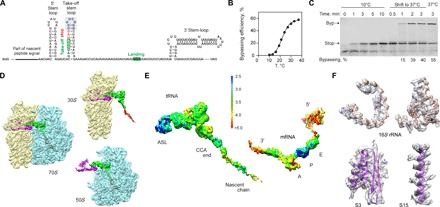Fig. 1. Ribosome stalling at a take-off codon upon translational bypassing on bacteriophage T4 gene 60.

(A) Key regulatory elements in gene 60 mRNA, including the nascent peptide and the mRNA SL elements. The apical part of the take-off SL is highlighted in gray. (B) Temperature dependence of bypassing. (C) Reversibility of the temperature-induced ribosome stalling at the take-off codon. When translation is carried out at 10°C, only the stop peptide corresponding to codons 1 to 46 is synthesized. Switching the temperature to 37°C activates bypassing (Byp product). The last lane shows the maximum bypassing efficiency when translation is performed at 37°C. (D) Cryo-EM densities showing 30S (yellow) and 50S (blue) subunits, the P-site tRNAGly (green) carrying the nascent peptide (red), and the mRNA (magenta) (see also fig. S1). (E) Local resolution. The scale bar shows a color scale with resolution in angstroms (see also figs. S2 and S3). ASL, anticodon stem-loop. (F) Examples of the experimental cryo-EM density (transparent gray) and atomic model (ribbons), including 16S rRNA (nucleotides 766 to 779 and 586 to 639) and proteins S3 and S15 (residues 110 to 170 and 48 to 72, respectively).
